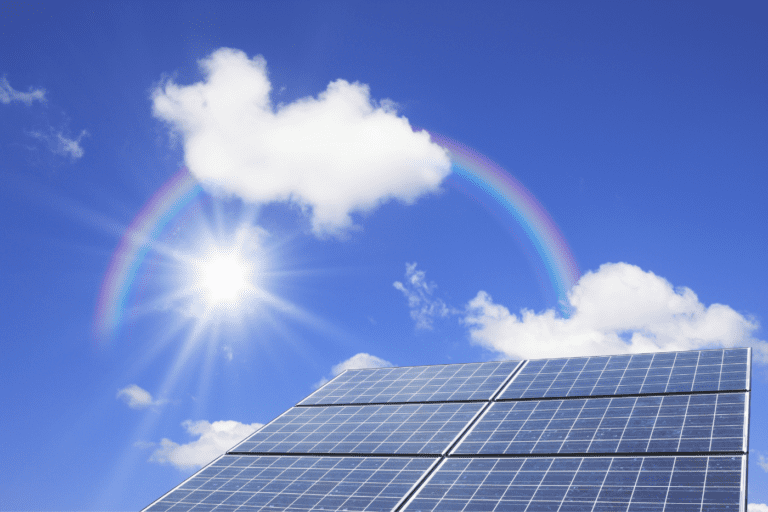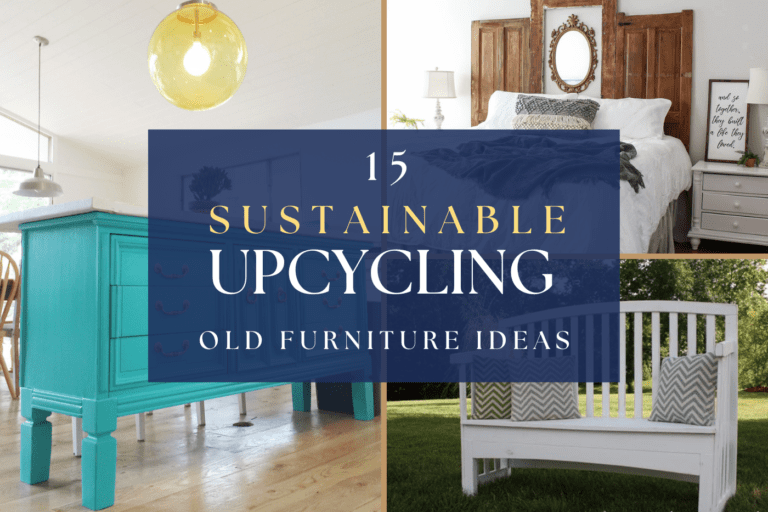We’ve all heard the buzz about solar panels and their power to illuminate homes with clean, renewable energy. But the lingering question remains: How many solar panels do you actually need to light up your house sustainably?
It’s a puzzle that often leaves homeowners pondering, and in the next paragraphs, we’ll peel back the layers of complexity, providing you with the insights you need to crack the code.
Ready to dive into solar panel math?
What is the Average Electric Consumption of an American Household?
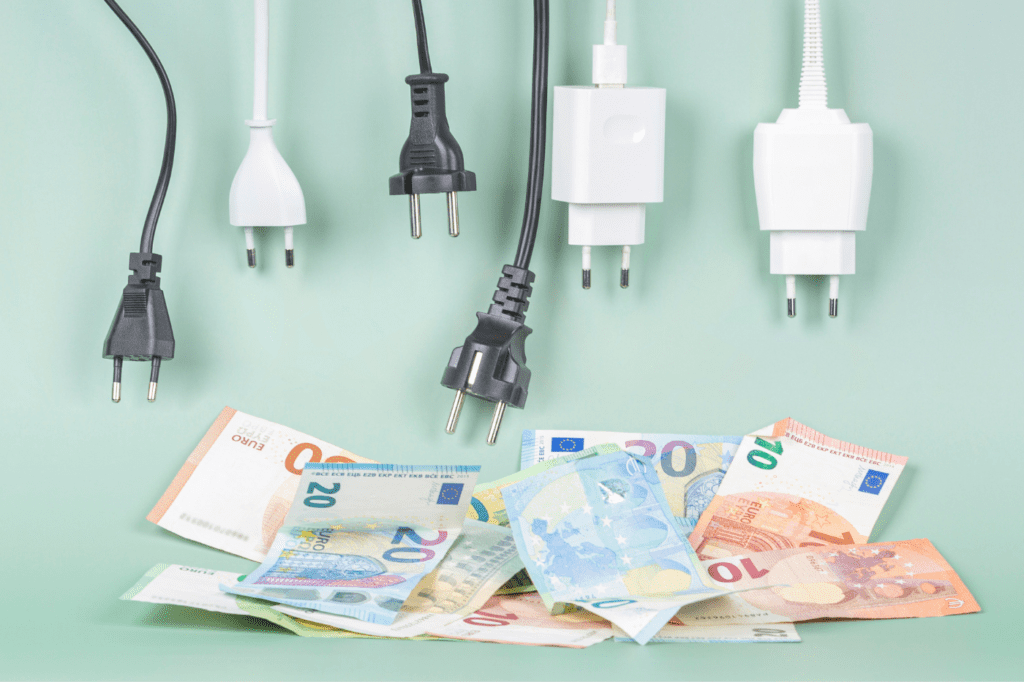
In 2022, the average American household used around 10,791 kilowatt-hours (kWh) of electricity annually, roughly 889 kWh per month. These numbers, coming straight from the U.S. Energy Information Administration, shed light on our day-to-day energy habits.
For those who want the nitty-gritty, check out the details here.
How much Power can a Solar Panel produce in a Day | Month | Year?
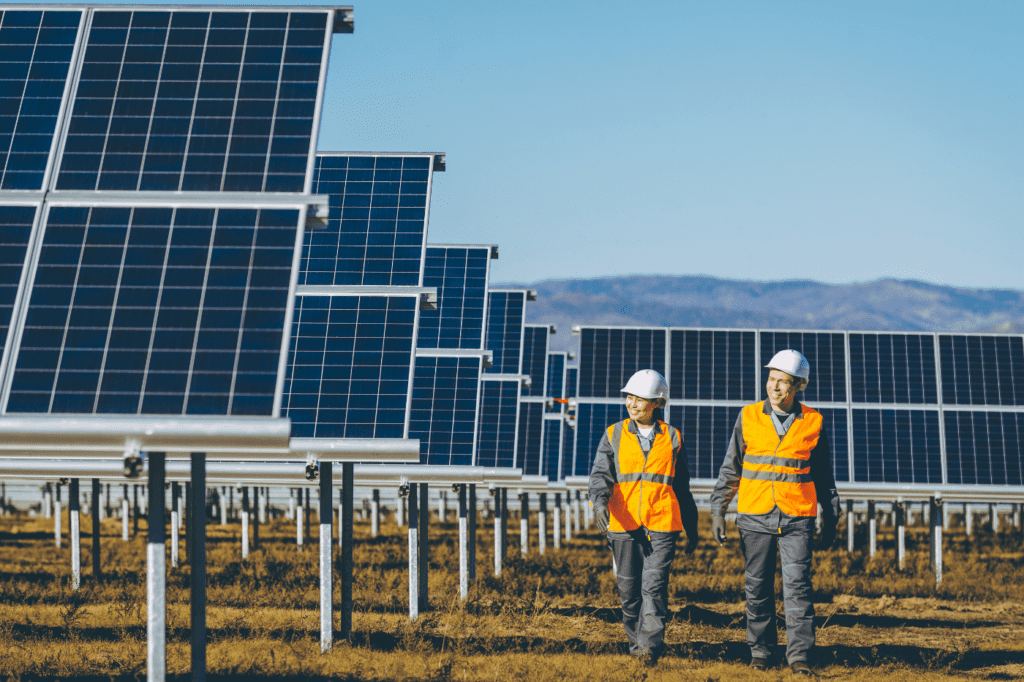
When pondering the daily, monthly, and yearly output of solar panels, it’s crucial to consider certain factors:
- an average system loss of 20% for grid-tied systems (FYI: it’s a slightly higher 40% for battery-based setups)
- an average of 5 optimal, unshaded peak sun hours per day
Which leads us to these estimated numbers:
| Panel Power Rating | Average Daily Output | Average Monthly Output | Average Yearly Output |
| 200 watts | 0.8 Wh | 24 kWh | 292 kWh |
| 300 watts | 1.2 kWh | 36 kWh | 438 kWh |
| 325 watts | 1.3 kWh | 39 kWh | 474 kWh |
| 350 watts | 1.4 kWh | 42 kWh | 511 kWh |
| 375 watts | 1.5 kWh | 45 kWh | 547 kWh |
| 400 watts | 1.6 kWh | 48 kWh | 584 kWh |
| 450 watts | 1.8 kWh | 54 kWh | 657 kWh |
| 500 watts | 2 kWh | 60 kWh | 730 kWh |
Bear in mind that these calculations provide a theoretical snapshot, and real-world factors such as weather variations, panel degradation, and shading can influence actual performance.
Consider these numbers as a solid estimate rather than a guarantee. Check out the exact formula for calculating solar panel output here.
How many Solar Panels Do You Need to Run a House?
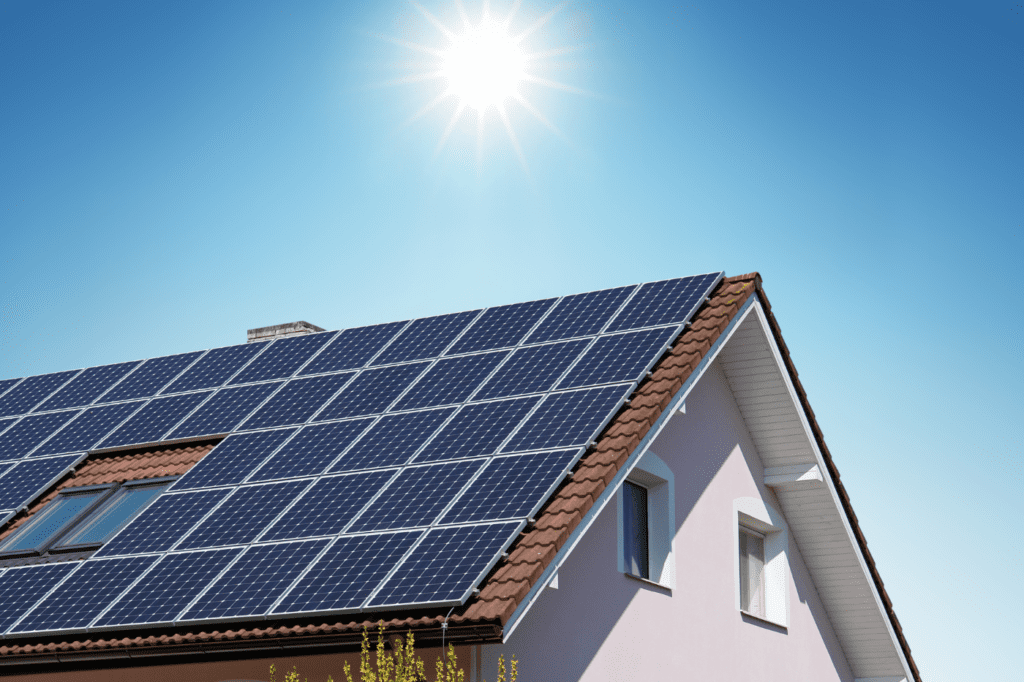
To cover the entirety of electricity needed in an average US home (about 900 kWh per month), you would need the following number of solar panels:
| Panel Wattage | Number of Panels |
| 500 W | 15 |
| 450 W | 17 |
| 400 W | 19 |
| 375 W | 20 |
| 350 W | 22 |
| 325 W | 23 |
| 300 W | 25 |
| 200 W | 38 |
So, in other words: to power an average US home’s electricity needs (about 900 kWh per month), a 7.5 kW solar system would be required.
The national average cost of a 7.5 kW system is $18,750 to $26,2501, with most homeowners paying around $22,500 for a 7.5 kW system with roof-mounted monocrystalline panels and microinverters.
1(Helpful Calculator and Source: here)
How Much Can a Solar Panel Save Me?
However, the associated costs and roof space constraints may pose challenges for many households.
Therefore let us explore estimated monthly savings for just 1 panel of each panel type based on the current average residential electricity rate in the U.S.
- approx. 23 cents per kilowatt-hour as of February 2023
| Panel Wattage | Monthly Savings (USD) |
| 500 W | $14 |
| 450 W | $12.50 |
| 400 W | $11 |
| 375 W | $10.35 |
| 350 W | $9.60 |
| 325 W | $9 |
| 300 W | $8.30 |
| 200 W | $5.50 |
What Factors Influence The Output of Solar Panels?
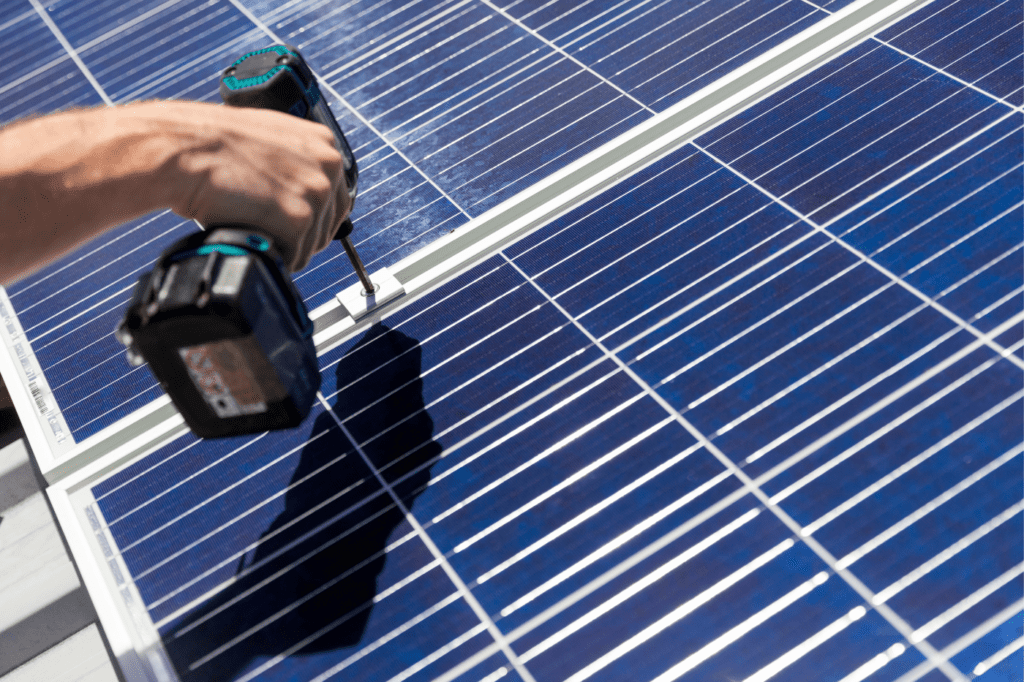
The output of solar panels is influenced by many factors, ranging from the panels’ technology to environmental and technical considerations.
Let’s explore these factors:
Solar Panel Power
- Cell Technology: Solar panels come in different cell technologies, with 120-cell and 144-cell configurations being common. These refer to the number of individual solar cells within a panel. The choice between them depends on the specific requirements and space availability.
- Wattage: The wattage of a solar panel indicates its power output. Higher-wattage panels can generate more electricity in the same conditions, offering increased efficiency.
- Bifacial Technology: Some panels are equipped with bifacial technology, allowing them to capture sunlight from both the front and rear sides. This can enhance overall energy production by utilizing reflected sunlight from surfaces like the ground.
Environmental & Technical Factors
- Sunlight Intensity: The power output of a solar panel is directly proportional to sunlight intensity. Clear, sunny days result in higher energy production compared to cloudy days.
- Sunlight Duration: The number of hours a panel is exposed to sunlight affects its total energy production. Peak sun hours, when sunlight intensity is at its maximum, contribute significantly to energy generation.
- Angle and Orientation: The installation angle and orientation of solar panels impact efficiency. Properly aligning panels towards the sun optimizes exposure and enhances performance.
- Shading: Shading from buildings, trees, or other obstacles can dramatically reduce a solar panel’s output. Even partial shading on a small section can affect the overall performance of the entire panel.
- Temperature: Solar panels are generally less efficient at higher temperatures. Elevated temperatures can lead to a slight reduction in power output.
- Panel Efficiency: The inherent efficiency of the solar panel itself is a critical factor. Panels with higher efficiency can convert a larger proportion of sunlight into electricity.
- Dirt and Dust: Accumulated dirt, dust, or debris on a panel’s surface can hinder sunlight absorption and reduce efficiency. Regular cleaning is essential to maintain optimal performance.
Understanding these factors is crucial for maximizing the potential of solar energy systems and ensuring reliable and efficient power generation.
Keep in mind that these are general considerations, and the impact of each factor can vary based on the specific conditions of the installation site.
Frequently Asked Questions About Solar Panels and Home Power
Q: How many solar panels do I need to power my entire house?
A: The number of solar panels required depends on factors like your home’s energy consumption, local climate, and the efficiency of the panels. An average U.S. home might need anywhere from 20 to 30 panels.
Q: What size solar system should I consider for my home?
A: The size of the solar system is typically measured in kilowatts (kW). A 5kW system is common for average households, but your energy needs and available roof space will influence the ideal size.
Q: Are all solar panels the same, or do they come in different types?
A: Solar panels vary in technology, including monocrystalline, polycrystalline, and thin-film options. Each type has unique characteristics affecting efficiency, cost, and appearance.
Q: Do I need to consider the angle and orientation of the solar panels?
A: Yes, the angle and orientation significantly impact performance. Panels should ideally face south at an angle that maximizes exposure to sunlight.
Q: How do factors like shading and weather affect solar panel efficiency?
A: Shading, even on a small part of a panel, can substantially reduce output. Weather conditions, especially sunlight intensity, impact daily efficiency.
Q: What about system losses and efficiency ratings?
A: System losses, including inverter efficiency and other factors, can be around 15-20%. Efficiency ratings of solar panels indicate how well they convert sunlight into electricity.
Q: What’s the role of battery storage in a solar system?
A: Batteries store excess energy for use during periods of low sunlight. They’re particularly useful for homes aiming to be off the grid or during power outages.
Q: How can I calculate potential savings and return on investment (ROI)?
A: Consider your current energy bill, available incentives, and installation costs. Many online calculators can provide estimates based on your specific situation.
Q: What maintenance do solar panels require?
A: Solar panels are low-maintenance, but occasional cleaning and checking for debris are advisable. Inverters may need replacement after 10-15 years. For an in-depth guide to making solar panels last longer check out this blog post.
Remember, these answers are general guidelines. Consultation with a solar professional tailored to your specific situation is recommended for the most accurate information.
Conclusion: Empower Your Home with Solar
As we wrap up our solar odyssey, the answer to powering your home sustainably lies in embracing solar solutions.
The question isn’t just how many panels you need but how soon you can unlock the benefits. Rising energy costs and environmental concerns are the silent nudges urging you toward a solar-powered future.
Consider this your call to action. Reach out for a solar consultation, explore incentives, and take the first step toward a brighter, eco-friendly tomorrow. The sun is ready to power your home; it’s time to make it happen!


